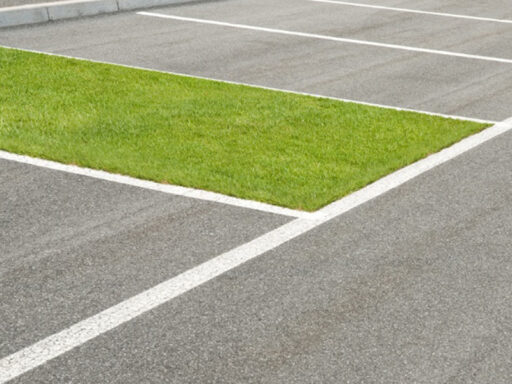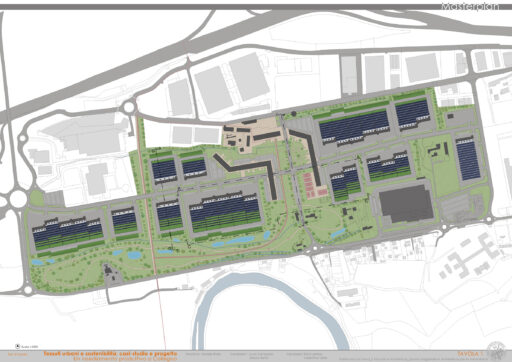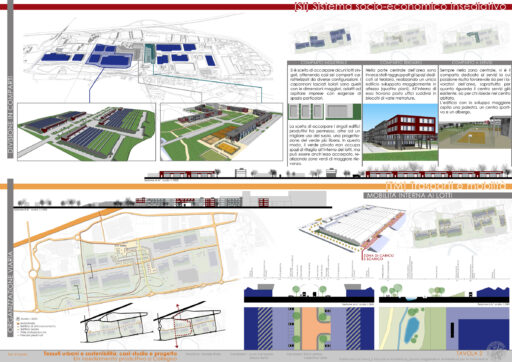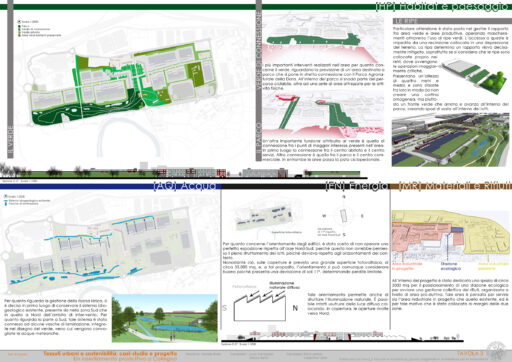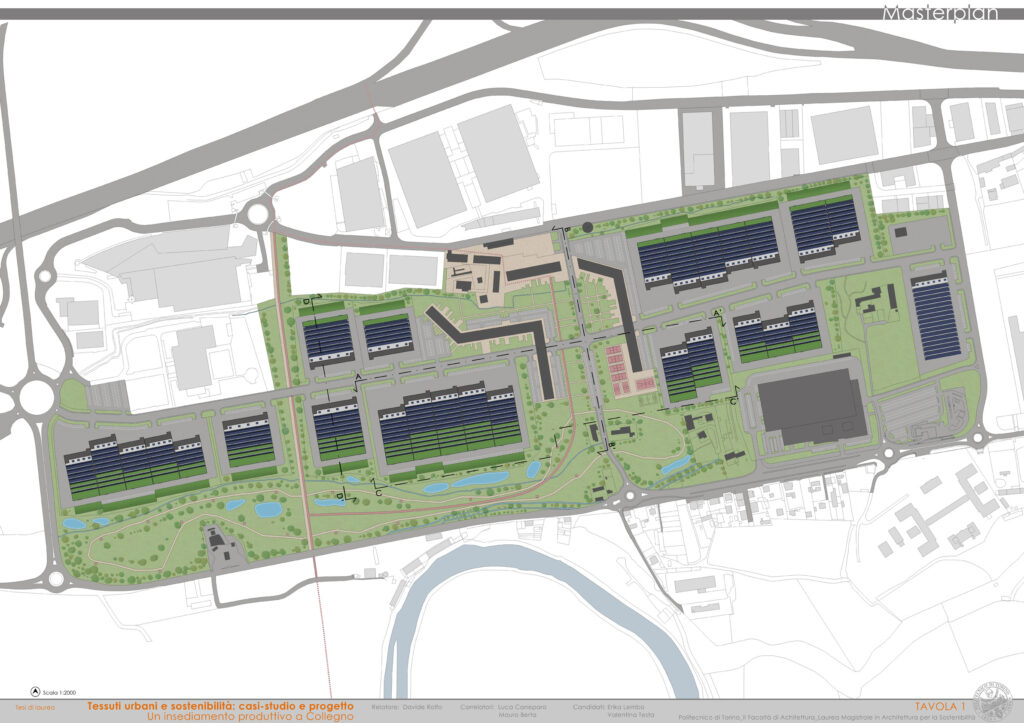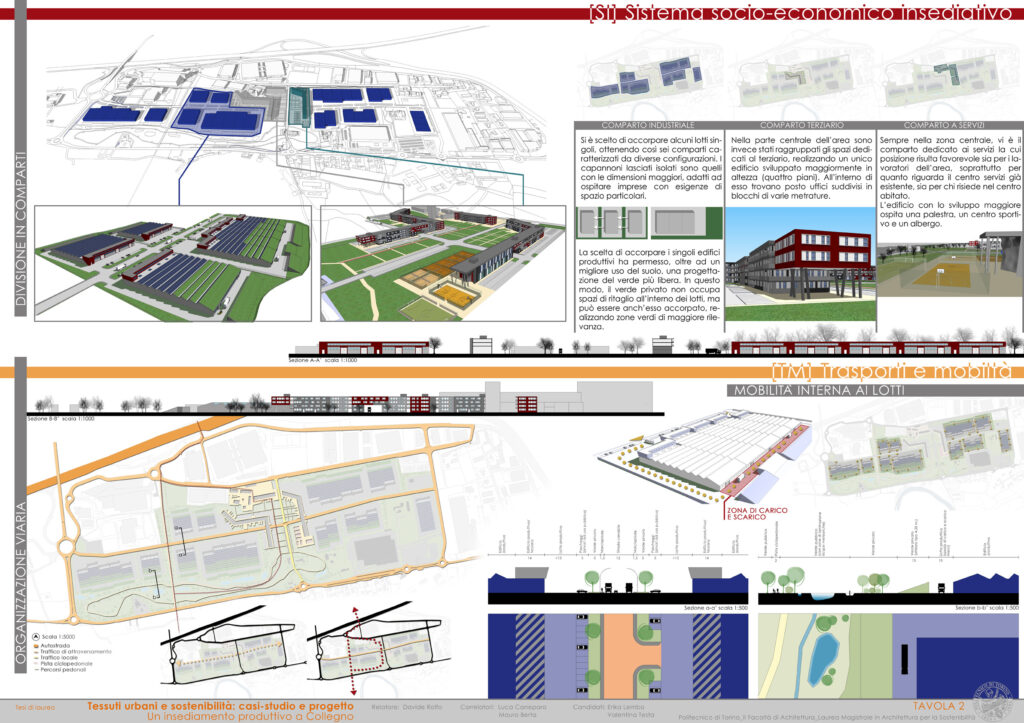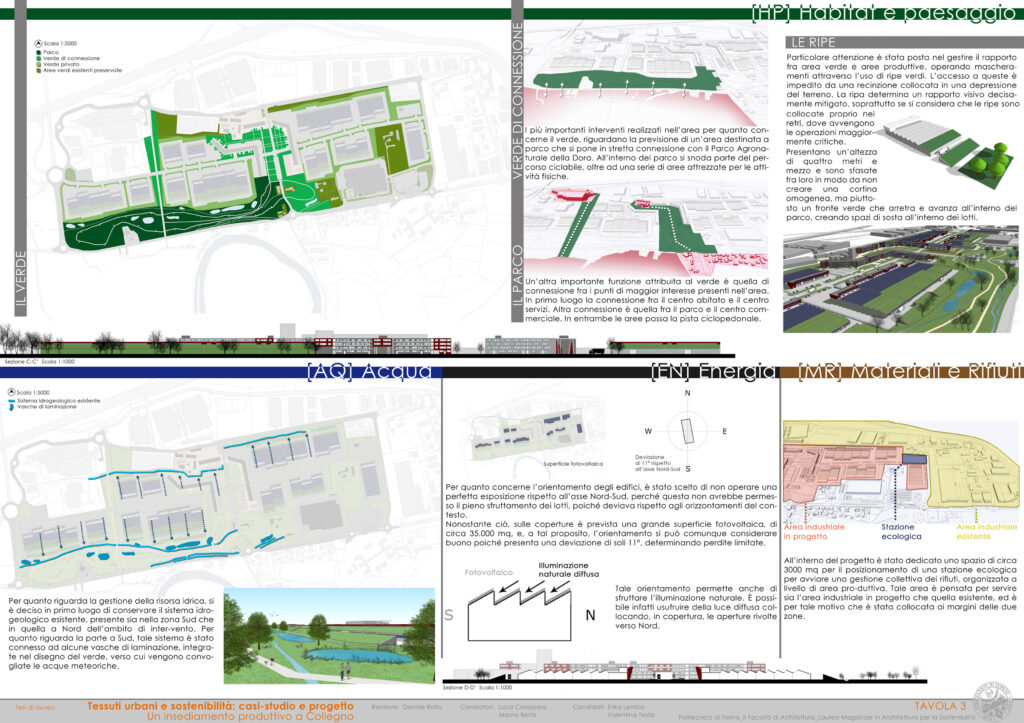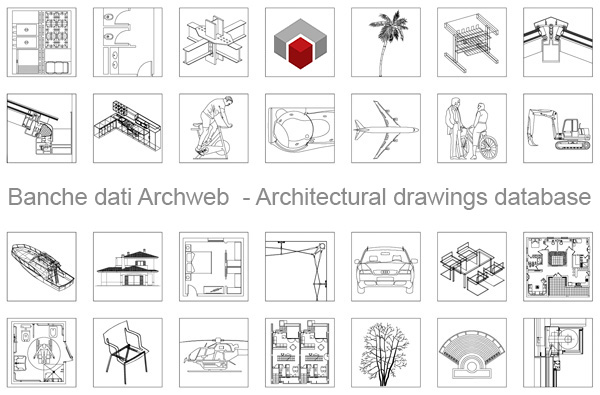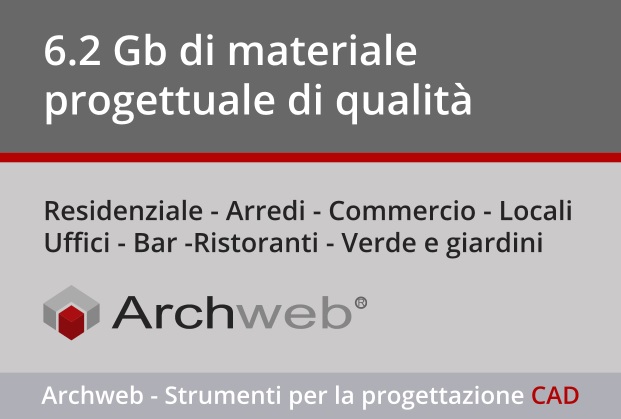Erika Lembo – Valentina Testa
Degree thesis in Architectural Design
Urban fabrics and sustainability: case studies and design. A residential settlement in Collegno
Thesis by Erika Lembo and Valentina TestaE-mail: [email protected] [email protected]
Polytechnic of Turin - II Faculty of Architecture
Master of Science in Architecture for Sustainability
Speaker: Davide Rolfo
Co-rapporteurs: Mauro Berta and Luca Caneparo
A.A. 2012 - 2013
The urban planning work carried out on a territorial scale had the objective of paying attention to the advantages generated by the sustainable approach applied to an entire urban system, certainly different from those generated on a timely basis.
Some topics studied in urban and industrial ecology have been studied. Furthermore, some fundamental elements of the evolution of sustainability in the production fabric were considered, such as the control of water, air, noise, soil, nature, transport, accessibility, energy, waste, soil consumption, protection, recovery, quality of public space , density, mixitè and integration.
The search for operational evaluation methods and criteria for drafting the projects led to the knowledge of the APEA guidelines, used both in the analysis of the case studies treated and in the subsequent design phase. Using the study of productive urban fabrics that present significant solutions in terms of quality and urban sustainability, and considering the reference categories proposed by the APEA guidelines, the project to expand an existing production area in Collegno was defined.
The project is therefore based on:
- conservazione delle caratteristiche ambientali di rilievo presenti nell’area
- definition of a settlement enclosed in compartments
- connessioni
- green design
- performance of the infrastructures and buildings in the settlement
- efficient water management
- attention to the orientation of the buildings
- use of green roofs
- renewable energies
- reuse and recycling.
Erika Lembo – Valentina Testa
Author
Category Erika Lembo - Valentina Testa







